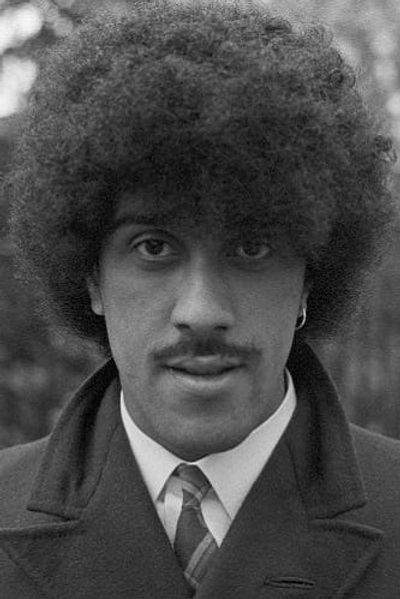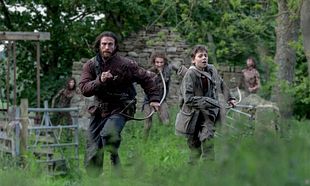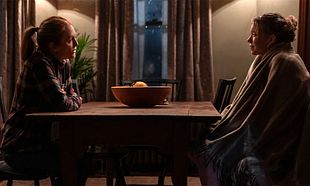Stunning, takes your breath away
Adam Clayton, Huey Lewis, James Hetfield, Jerome Rimson, Suzi Quatro, Midge Ure, Darren Wharton, Scott Gorham – these are just some of the musicians and rock and roll legends who offer their takes on the many facets of Phil Lynott. What one comes away with are the discreet complexities of the man. Most remarkable of all was his strength as a performer.
We learn of how Phil Lynott grew up in Crumlin, raised by his grandparents. His uncle Peter relates a story of beating kids alongside Phil in school so they would stop calling him “blackie.” Observations about the meaning and origins of Lynott’s songs start from an early point, with “Wild One” considered a reflection of a child longing for the mother he was separated from.
As a teen he joins the Black Eagles, where he meets Brian Downey, the future drummer of Thin Lizzy. Clayton offers his take on Lynott’s prowess on the bass, reflecting that bassists are the “men of the band”. A collage of images and montages depict the pop culture of the era and influences on Lynott as a musician. Many hail the Thin Lizzy frontman as a poet who utilised music to express his sensitivities.
He writes songs in his home in Clontarf and dates his first girlfriend. Then we jump to his arrival in London in 1971 to record his first album, but as any fan knows, there would be a few years yet before resounding success. The shy nature of Lynott, if you can believe it, is apparent; he becomes a showman to survive on the stage, acting more ballsy, flirtatious and glamourous than he ever really felt.
The context behind Phil Lynott’s big hits like “Whiskey in the Jar”, ‘The Boys are Back in Town”, “Cowboy Song”, “Jailbreak” and “Sarah”, among many others, all get a look-in, while the rise and fall of Thin Lizzy as a band is also effectively captured. The strong grounding of director Emer Reynolds in editing comes through as great care is put into making sure the film is put together in a comprehensive, striking and all-immersive manner. There’s an emphasis on landscapes in the editing which mirrors how the subject is a natural talent, and a force of nature. Lynott’s performances are amazing to watch, but the doc is assembled in such a way that you’re not just waiting to see him on stage again, it’s all captivating.
The interviews with Lynott’s family and contemporaries offer smart and distinct takes on the artist, all highly personalised accounts that are often humorous. His wife Caroline Crowther relates the tender story of how they met, as well as the realities of being married to and having a family with a rock star.
This really is the definitive Phil Lynott documentary, revealing a fascinating story that feels genuine and purposeful. The cinematography is stunning with the momentum consistent as it moves skillfully through each chapter. While the ending is sad, the tone is ultimately uplifting and celebratory. See it in the cinema with surround sound as it will take your breath away.











































































